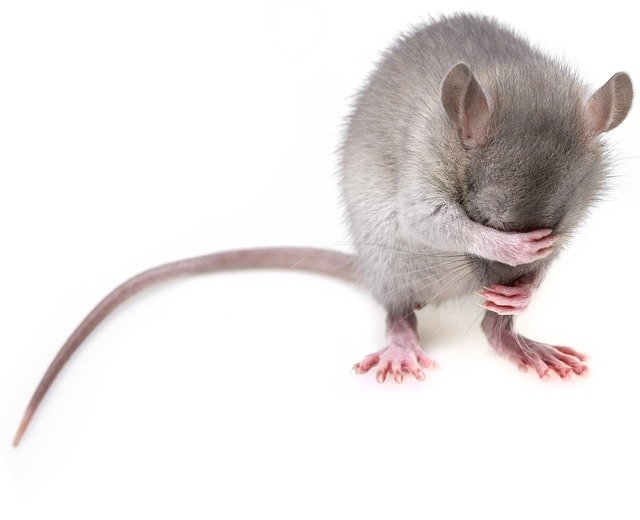Pests are not only a nuisance, but they pose health risks, contaminate food, and damage property. Some, like mosquitoes, also transmit diseases. Mice damage clothes and books and leave behind a foul smell of their excreta, while termites can cause structural damage to a house.
If you are worried about pests, here are seven ways to pest-proof your home.
Seal All Entry Ways
Pests gain entry into your home through spaces and crevices. They can squeeze through a hole about an inch in diameter. Seal all entry points, such as cracks in the windows and door frames, gaps around pipes, faulty electric cords and spaces on your roof. Remember that rodents can also enter your home through sewers. Use caulk to seal all cracks more than a quarter of an inch wide.
Another option is a screened-in porch which keeps bugs and pests away. If you are considering a Screen Room in Virginia, talk to an expert about how to design one that not only keeps pests away but also serves as a relaxation spot for your family.
Understand the Pest Problems in Your Area
Take time to understand the pests that are common in your area. Cockroaches, rats, bedbugs, and spiders are pests you’ll find in many places, while mosquitoes and other flying pests are more common in humid climates.
Talk to your neighbors, study the area’s history, and look for pest signs in the surrounding environment. This way, you can identify a pest problem right away and take steps to eliminate or prevent it.
Keep Your Home Clean
Pests thrive in filthy environments. For instance, cockroaches are attracted to garbage and decaying food. They are also likely to infest dirty dishes and utensils. Have regular cleaning sessions in your home, especially after cooking. Make sure the kitchen is clean before bedtime because most pests are nocturnal. Also remember to:
- Thoroughly clean up all the food crumbs, especially under your kitchen sinks, in cabinets, and behind the fridge.
- Vacuum your home regularly, especially the areas under your beds, furniture, and inside closets.
- Empty trash baskets daily to prevent bugs from taking shelter in them.
- Declutter to ensure there’s no room for pests to hide.
- Eliminate dark spots, as pests like hiding in dark and quiet areas.
- Seal all food containers and drain standing water.
Clear the Yard
Overgrown vegetation provides pests with a hiding and breeding place. Mow your lawn regularly and keep hedges trimmed. Clear away dead leaves, branches, animal droppings, and trash as they could harbor pests. Additionally, seal trash bins, compost piles, pet bowls, and other food or water sources that attract pests.
Exterminate Regularly
Contact a pest control service for regular extermination sessions. They use professional methods, equipment and chemicals to eliminate pests from your home. Follow the follow-up instructions given by your exterminator as they know the best way to get rid of pests for good.
Exterminators will usually use baits, traps and insecticides to get rid of pests. However, make sure they use environmentally friendly methods that don’t pose a risk to pets, children, birds or bees. Check whether the technician is licensed, understands the regulations in your area, and abides by them.
Keep Firewood and Other Items Away From the House
Pests, especially termites, are attracted to wood. Never stack wood and other items against your house, as this provides them with easy entry points. Snakes, too, can hide under piles of wood.
Note that a pest infestation can attract more pests. For instance, if you have rats in your home, it will attract snakes, skunks, and other predators because there’s plenty of prey.
Check What You Bring Home
Some pests such as bedbugs gain entry into your home through items you bring along from stores, hotel rooms, or a friend’s house. Before placing items into your closet or storing them, inspect them for signs of pests.
When buying used furniture, check for stains, holes, and dead bugs. Most importantly, fumigate the items before bringing them indoors. Also, check suitcases after staying in hotel rooms.
Keep Your Home Safe
Keeping pests away is an ongoing task. Regularly check your home for signs of an infestation and seal all entry points. As you will realize, you’ll have more peace of mind and maintain a healthy environment by following the proper steps.







Recent Comments